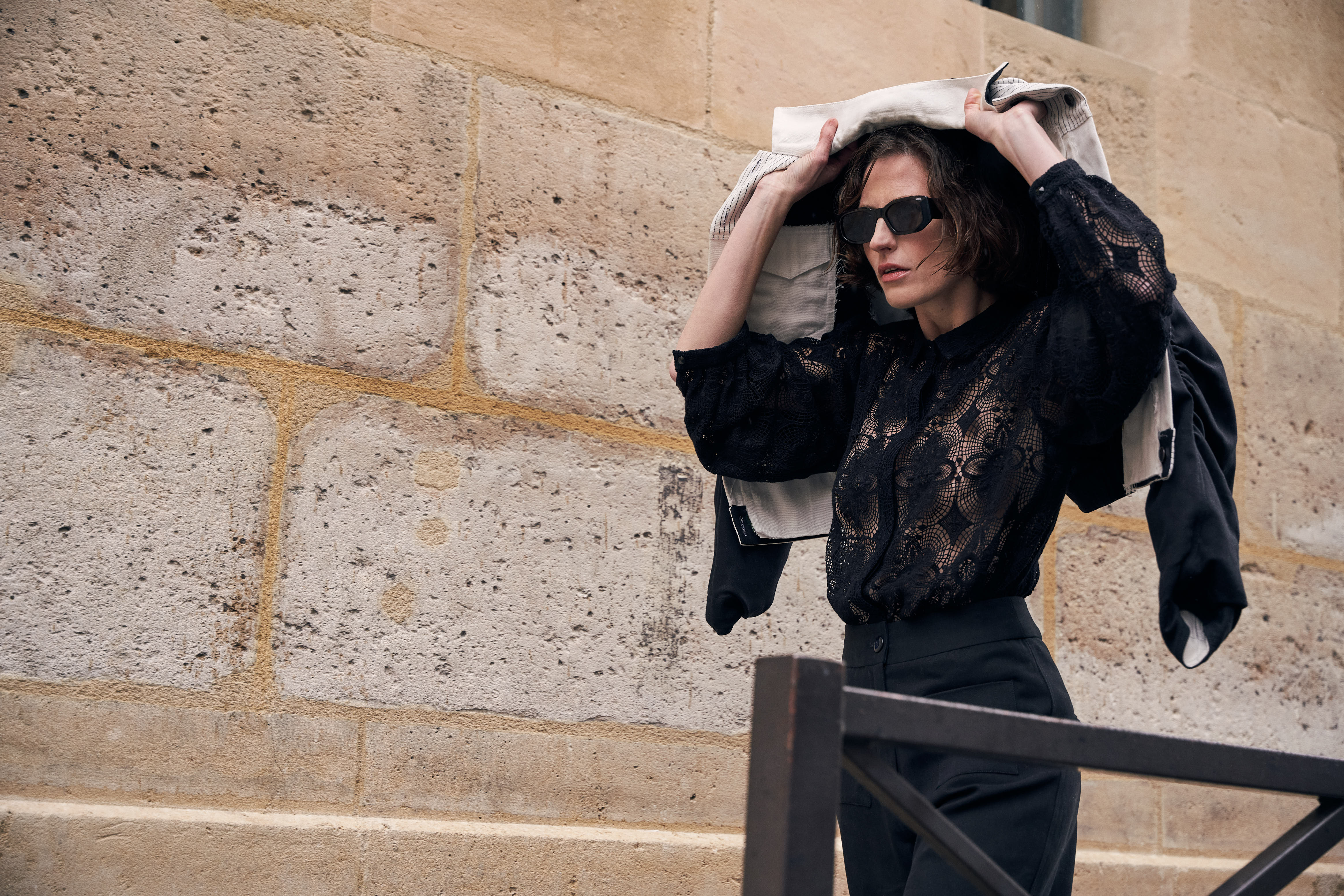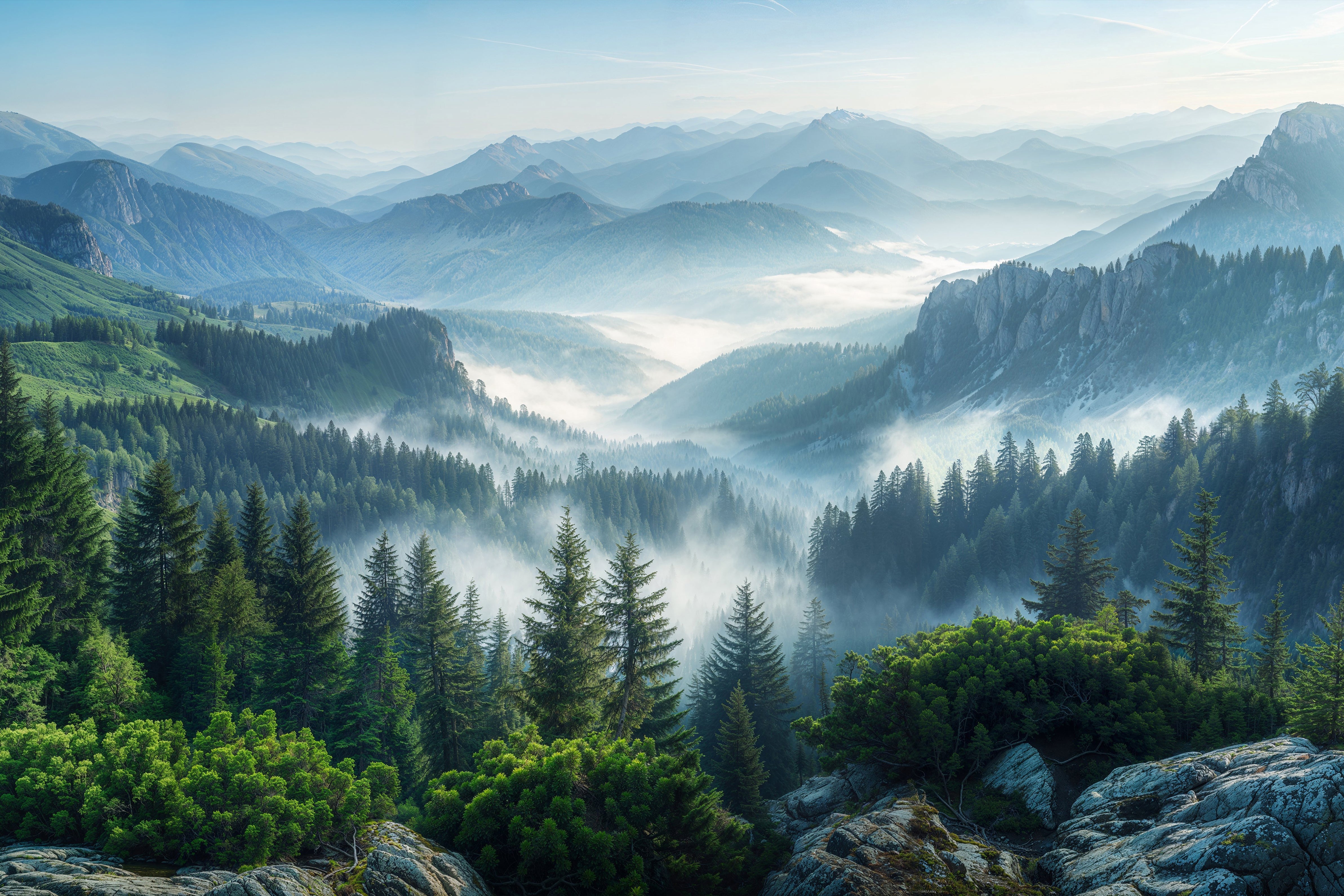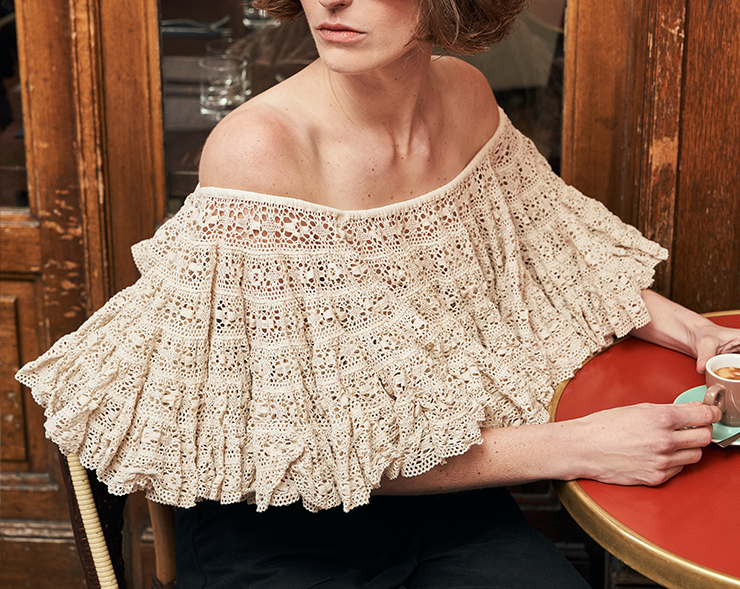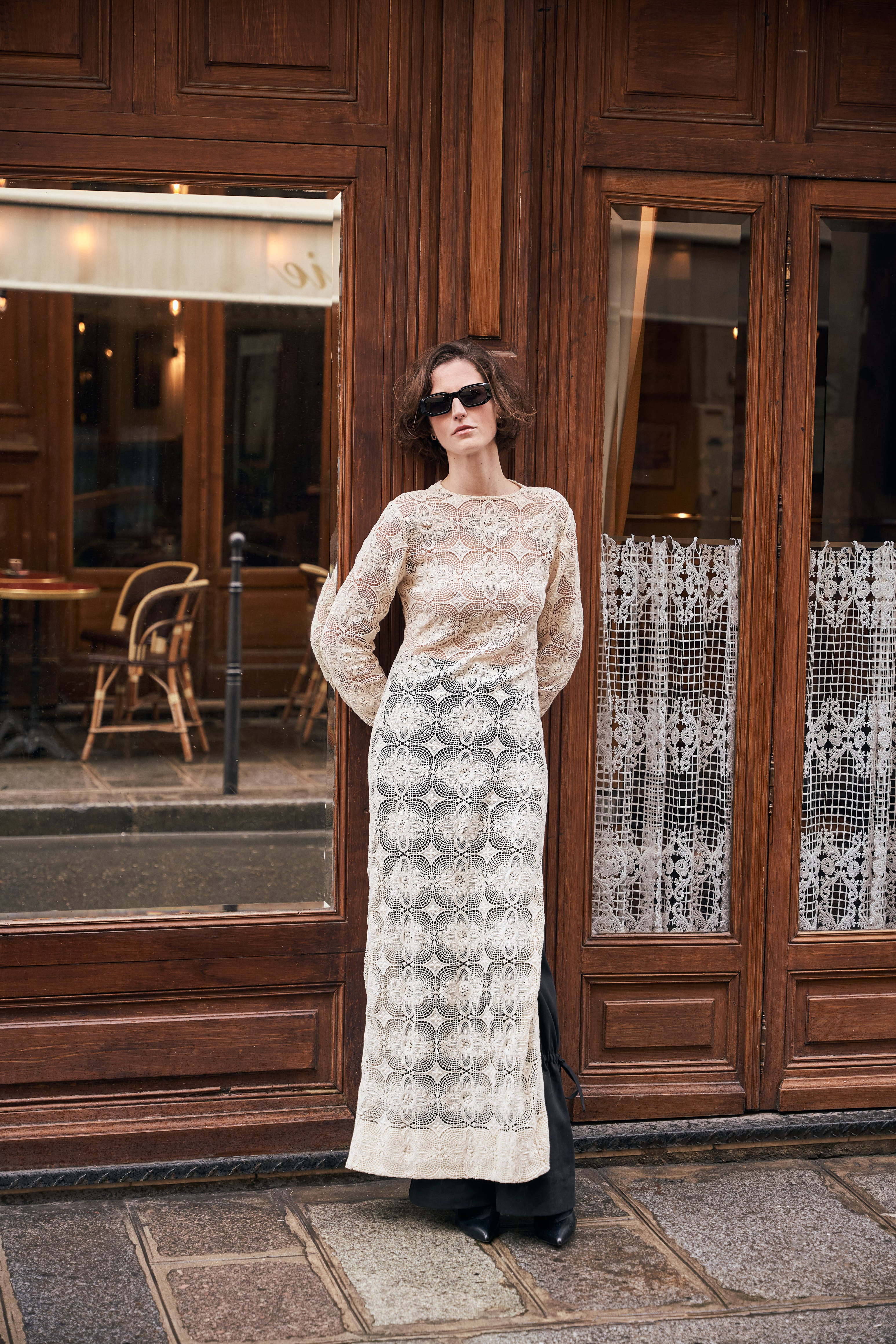
One had a silver wig, the other one his felt hat and a fisherman’s vest, but both were stars of the contemporary art scene and, simply, cultural icons, known even to those who were not art aficionados. Both dead within barely a year from each other - Joseph Beuys in 1986, Andy Warhol in 1987 - are now reunited through the magic of art. Ropac Gallery London is showing for the first time all together the portraits Warhol made of the German artist.
Both men met in the fall of 1979 in New York. Joseph Beuys was in town for his big show at the Solomon Guggenheim museum. Beuys was driven to the Factory just as Warhol was taking Georgia O’Keeffe’s portrait.
Andy Warhol shot Beuys with his Polaroid Big Shot, a strange looking model the brand stopped making in 1973, which was specifically designed for portraits. It is the source image for the series of screen prints of the German artist which Warhol did between 1980 and 1986. As usual, Warhol chose one portrait of Beuys and then played with the colors, composition, materials rather than the image itself. The image itself was fixed for eternity. “With silkscreening,” explained Warhol, “you pick a photograph, blow it up, transfer it in glue on silk, and then roll ink across it so the ink goes through the silk but not the glue. That way you get the same image, slightly different each time.” Just the size remained constant - always 40 inches x 40 inches (1m x1m) Warhol’s technique is to simplify the portrait to get to the essence of the sitter. Beuys said: “Maybe this tabula rasa that Andy Warhol does [in his portraits], this emptiness and cleansing of any traditional signature […] is something that creates the possibility of allowing radically different perspectives to enter.” Beuys added that Warhol was “a sort of ghost. He has spirituality.”

The show features portraits of Beuys with diamond dust, a technique that Warhol started experimenting with in 1979. “The shimmering surface highlights the artist’s mystical persona as a shamanic figure who believes in art’s power to transform society,” explains the show’s curator. The show even features a hand-drawn portrait of Beuys by Warhol. Drawing was an exercise that the Pop artist never stopped practicing for 40 years, since his first illustrations as a commercial artist.
 .
.
Joseph Beuys was not the first artist that Warhol shot. Over the years, Warhol was interested in taking the portraits of other artists - Basquiat, Man Ray, Mapplethorpe, among others, and Georgia O’Keeffe.
The series of Beuys portraits was first shown at the Galleria Lucio Amelio, in Naples, in April 1980. Such was the power of art in those days and the celebrity of these two superstars that Italian TV broadcast their press conference live !
“Despite fundamental differences in their philosophical approaches to artmaking,” explains the gallery, “Warhol and Beuys shared an alchemical ability to render everyday objects and images unfamiliar through their practices, as well as a compulsion towards self-stylization as they carefully cultivated their respective public images: Beuys was the shamanic artist whose mythical origins lay in his rescue from a plane crash by nomadic Tatars, while Warhol cultivated his public image as the ‘Pope of Pop’, instantly recognizable in his silver-blonde wig.”
It is a meeting which resonates 45 years later and the result of that session at the factory has lost none of its power. Beuys, with his gentle blue eyes looking straight at us in Warhol’s portrait, seems to be asking us what the art world has become in the decades since that day in 1979. Jean-Sébastien Stehli
Andy Warhol, The Joseph Beuys Portraits. Thaddaeus Ropac, Ely House, London. Until February 9.







